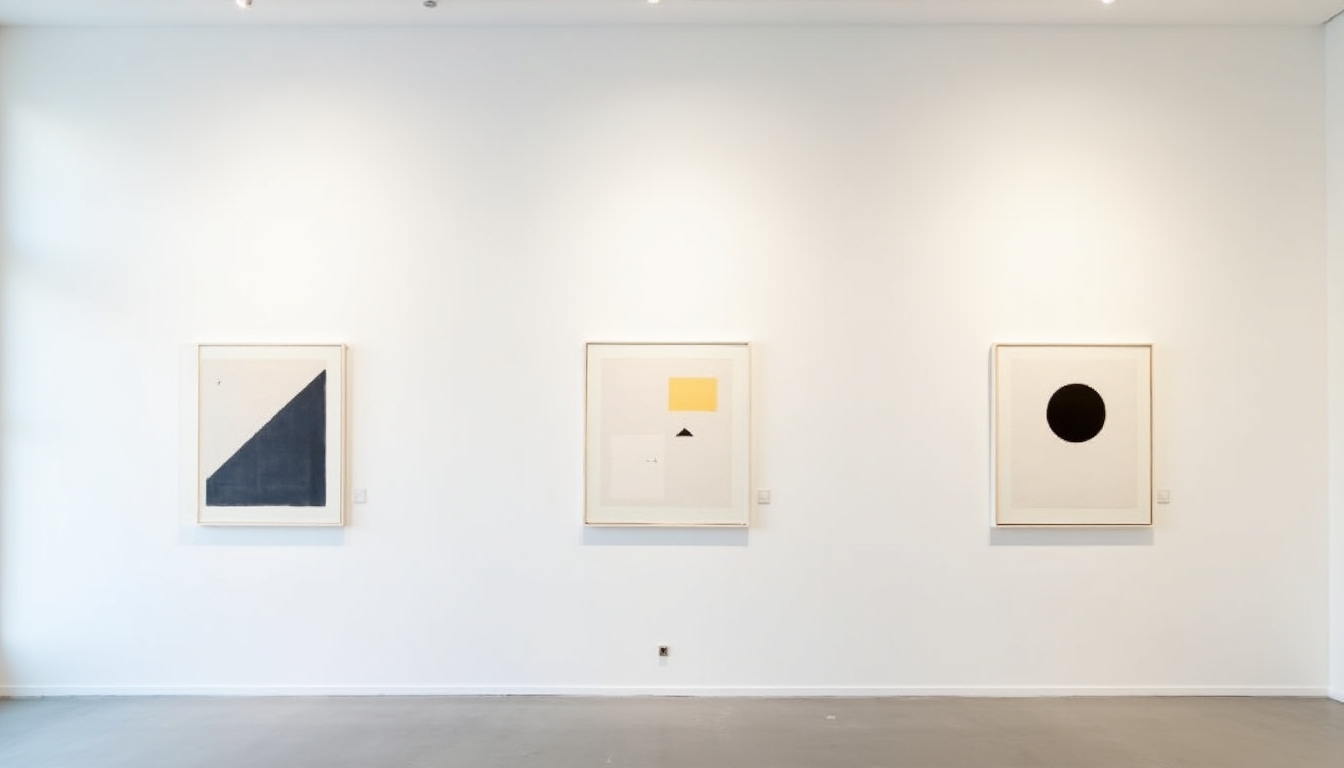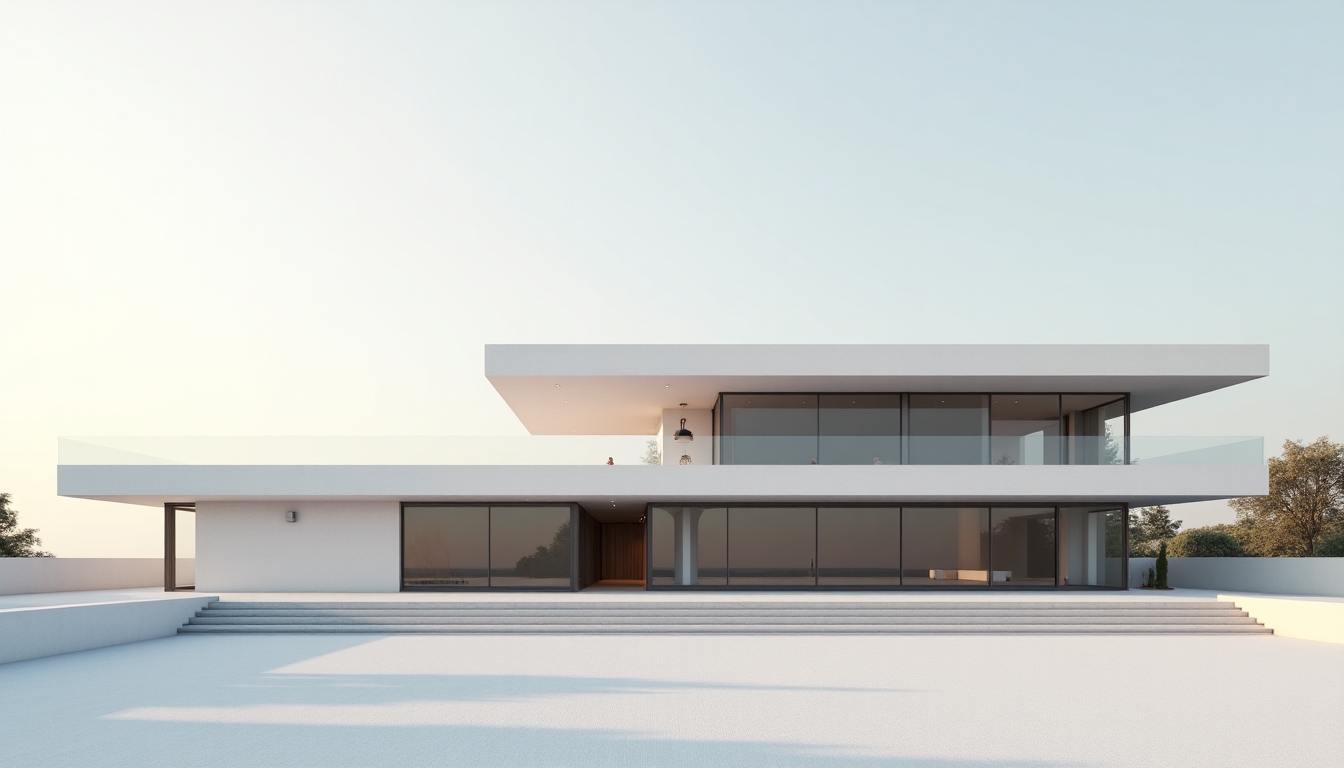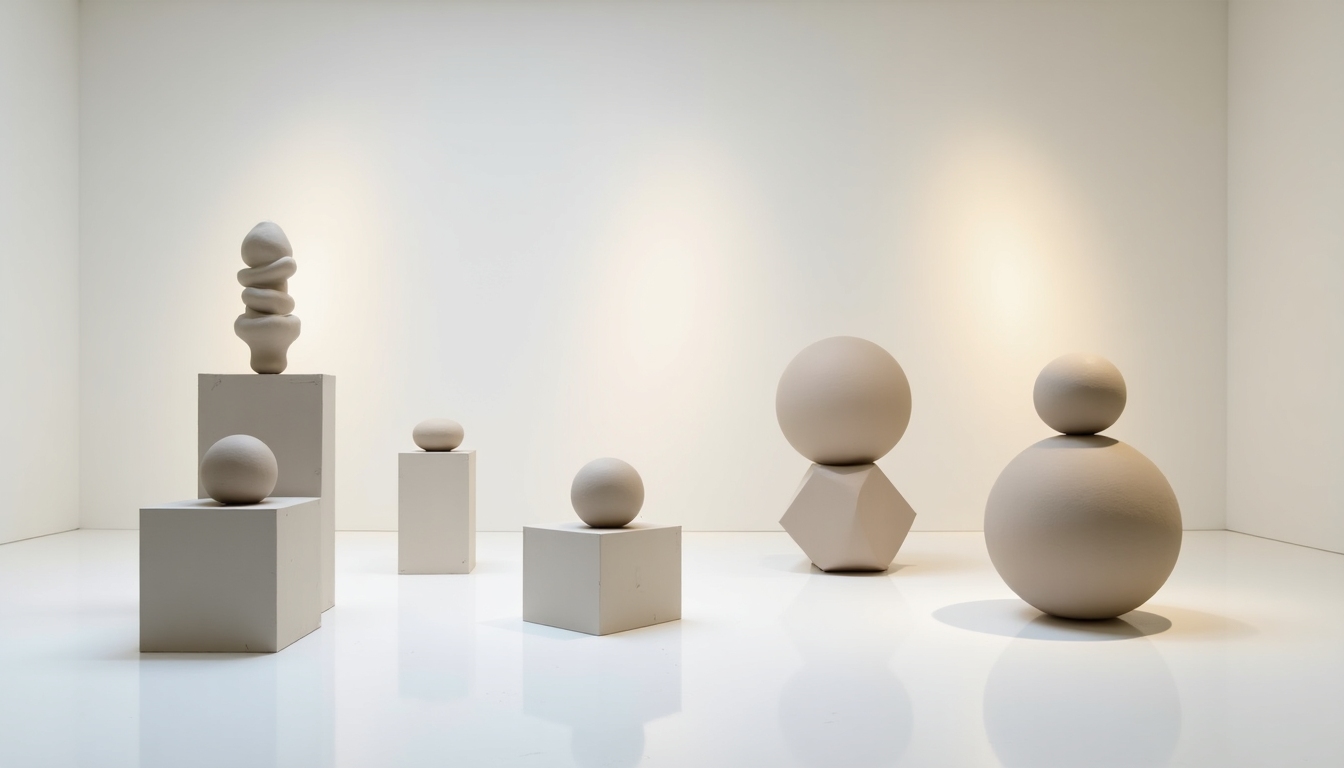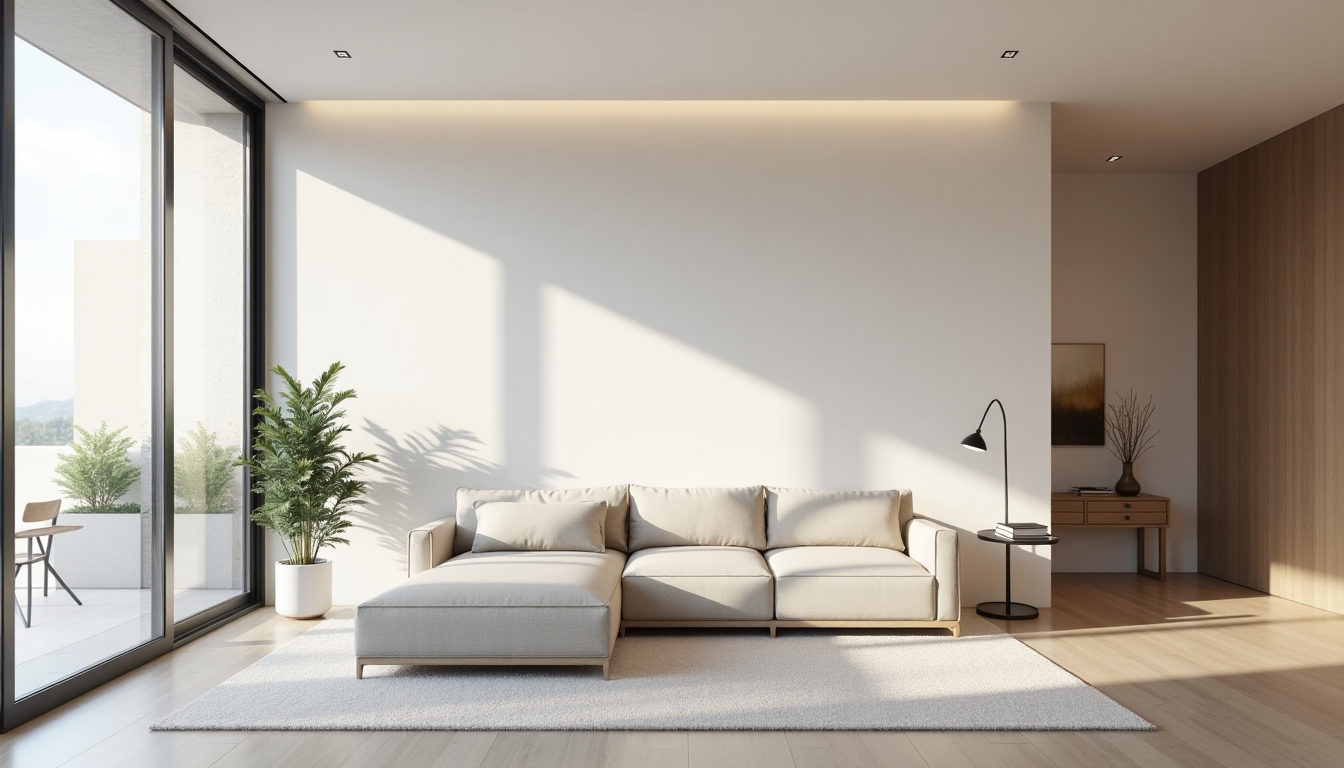The Beauty of Simplicity: A Journey into Kunst Minimalismus
Kunst minimalistus, known as minimalist art, celebrates simplicity, focusing on the essence by reducing elements. This artistic movement has inspired countless creatives globally, influencing modern design and culture.

Minimalist art, or kunst minimalismus, emerged in the late 1960s as a response to the complexity of abstract expressionism. Its core philosophy revolves around stripping objects and ideas down to their fundamental aspects, allowing pure forms to evoke deep emotional responses from the viewers.
Interestingly, minimalist art is not just limited to painting or sculpture. Its principles have permeated various fields, from architecture to lifestyle choices like decluttering and prioritizing essential belongings—a striking testament to its lasting impact.

An Inside Look Into Minimalist Art
Minimalist artists focus on creating a direct impact through simplicity. By using fundamental shapes, monochromatic palettes, and intentional empty spaces, they craft art that encourages introspection and peaceful reflection. Instead of overwhelming detail, you find yourself mentally engaging with bare essentials, which is where the real power of kunst minimalismus lies.
Characteristics of Minimalism in Art
- Geometric Forms: Simple shapes like squares and circles predominate.
- Limited Color Palette: Often, artworks use monochrome or neutral shades.
- Open Spaces: Emphasizes negative space to create a serene balance.
These elements come together to guide viewers toward appreciating minimalism’s intent—harmony and clarity.

Personal Insights: Discovering the Art of Less
Experiencing minimalist art firsthand can be profoundly transformative. Upon visiting a minimalist exhibition, where each piece was devoid of unnecessary elements, I discovered a unique sense of calm and focus—a stark contrast to the usual sensory overload.
The clarity of minimalist art imparts lessons about appreciating the essentials not just in art but in every aspect of life. This alignment with the fundamentals saw my personal space transform, with less clutter leading to more mental clarity—a clear reflection of minimalist art principles.

